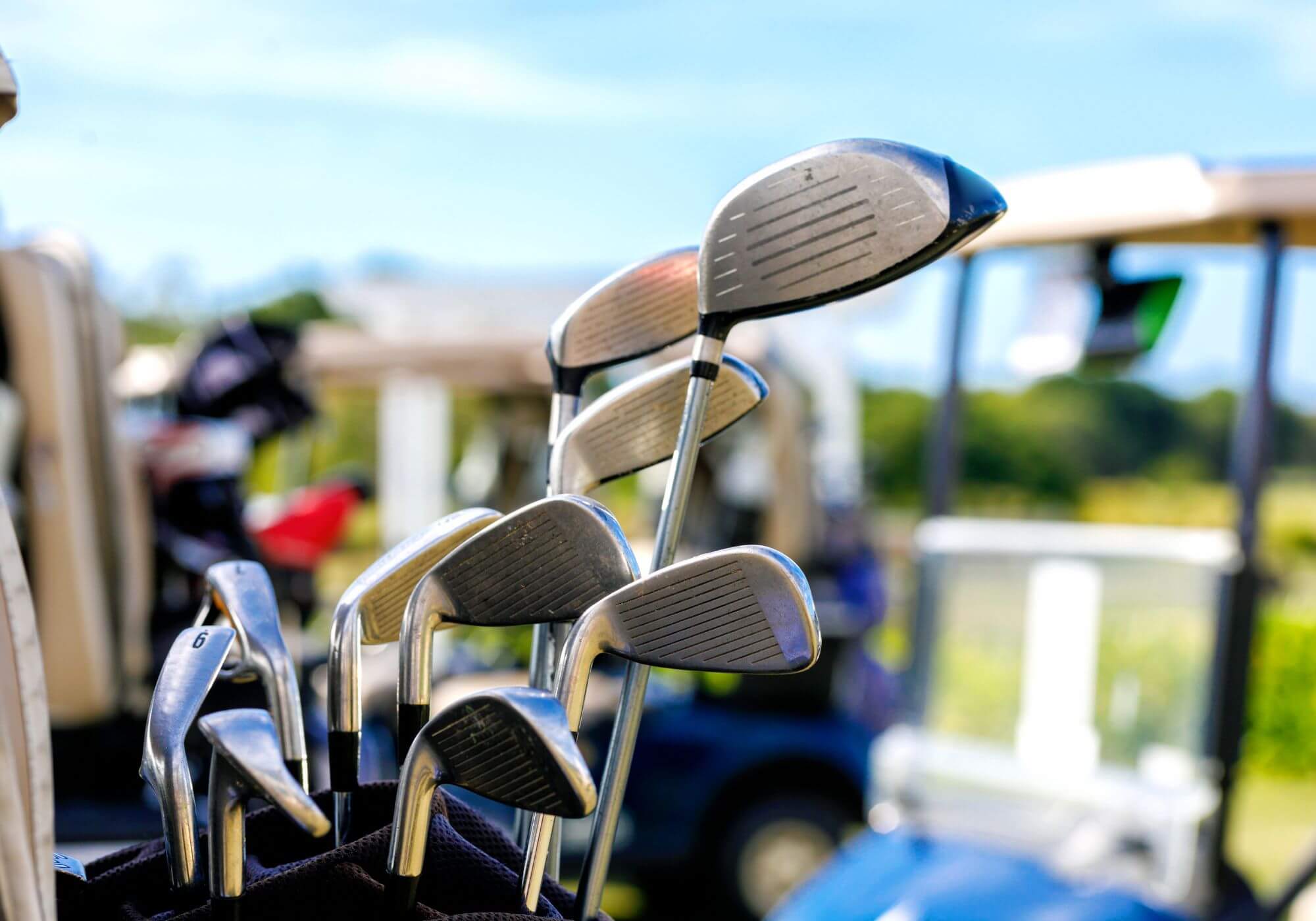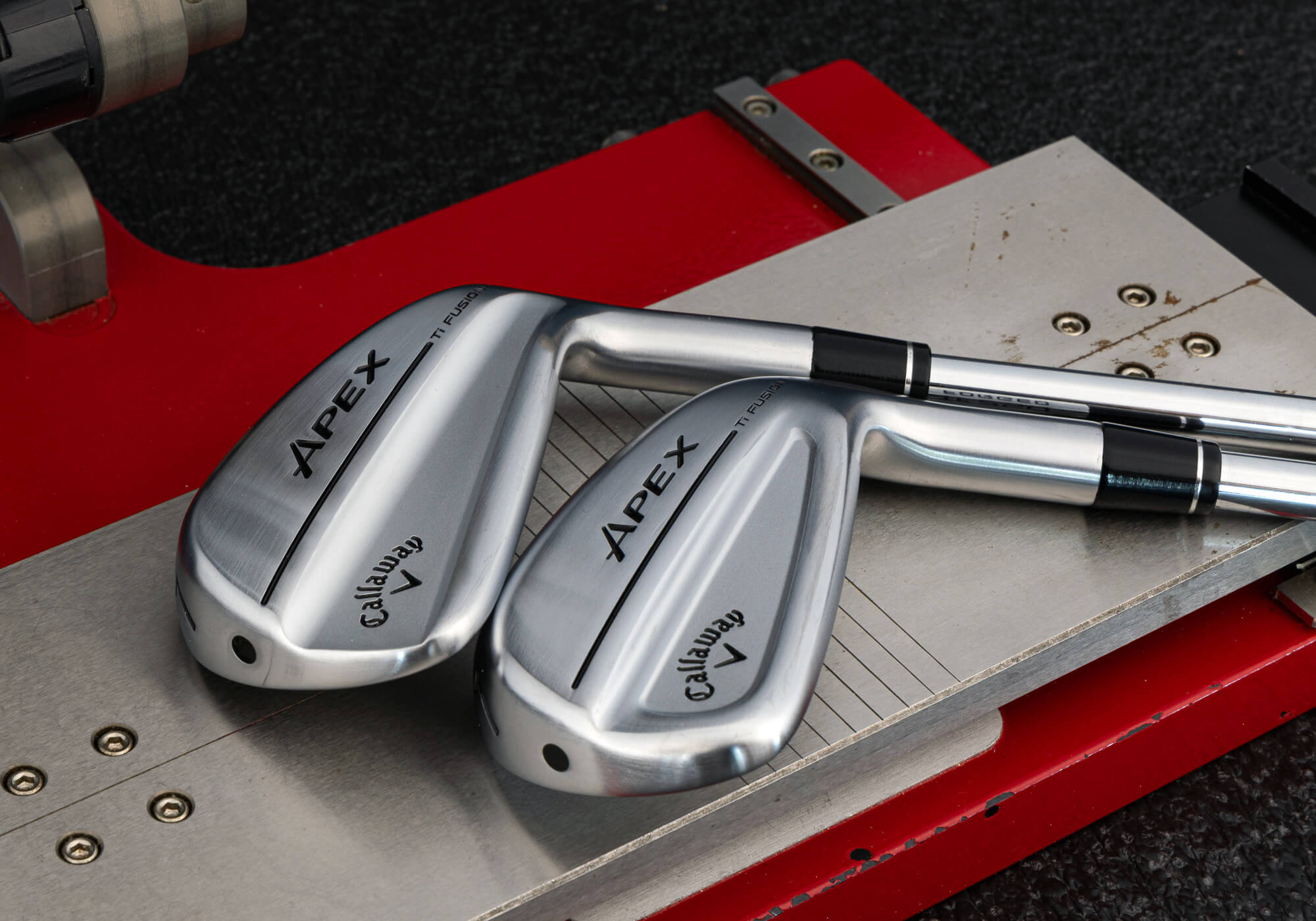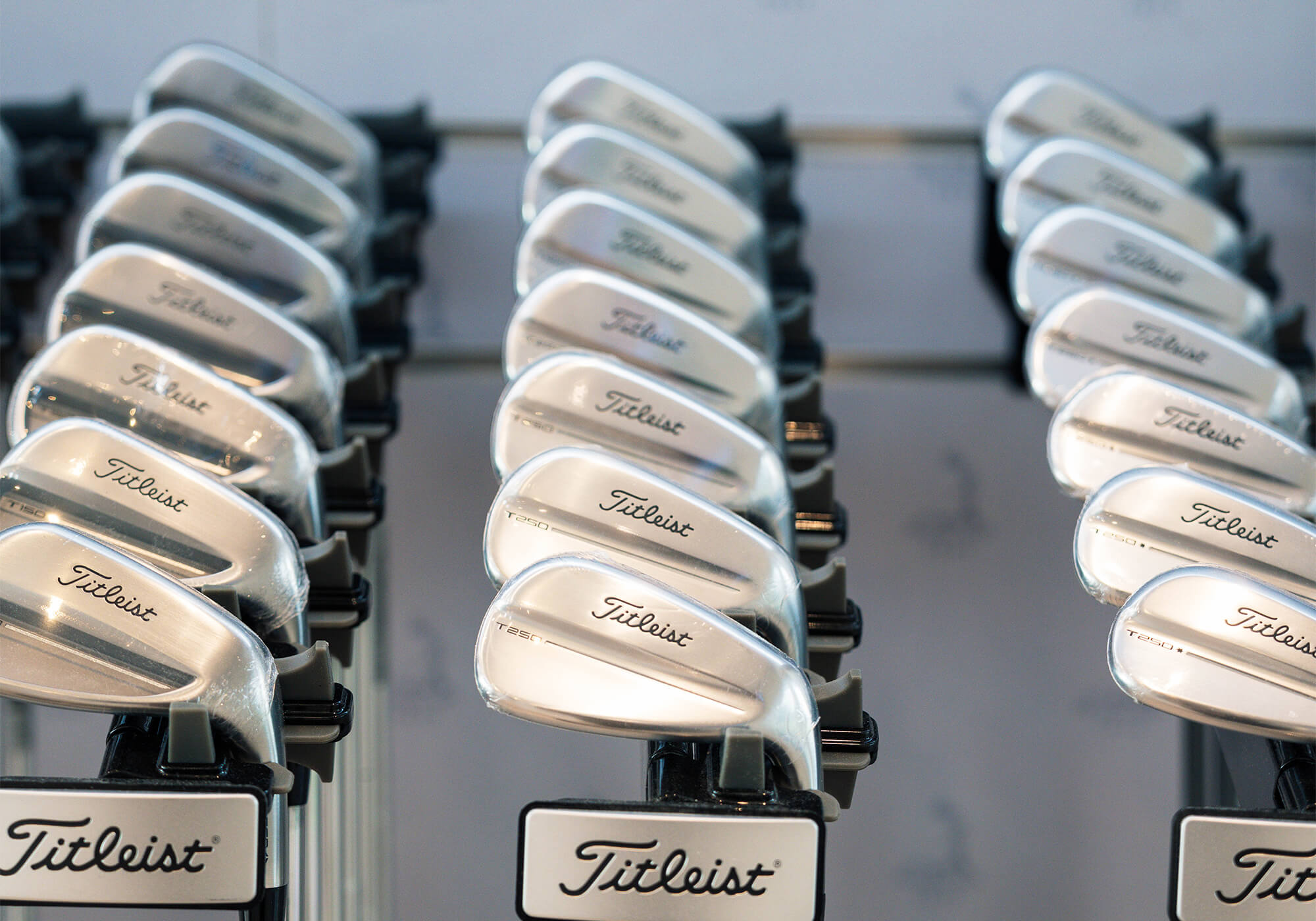Everyone has their opinion on the state of golf retail sales for 2025. The problem is that most of those opinions are based on gut feelings, not data.
A new report from Circana, a leading consumer and retail analytics firm that owns Golf Datatech, provides some answers.
The problem? The answers raise more questions.
Let’s dig in.
Golf retail sales are up … we think
A statement released this week by Phil Barnard, Circana’s VP of Golf Insights, says that, despite economic uncertainties, 2025 sales through golf specialty retailers are up seven percent through August compared to the same time period last year. Barnard also says golf-related sales through general sporting goods stores, warehouse clubs, e-commerce and mass merchandise retailers are up 4.5 percent.
Given the hue and cry over the economy, those numbers look pretty good, right?
One problem, though. Those sales figures are dollar sales, not unit sales.

No industry on the planet would turn its nose up at a seven-percent increase in sales. However, one has to ask how much of that increase is due to price increases and how much is due to volume increases. As we’ve seen over the past several weeks, tariffs are starting to impact golf equipment. Many OEMs have instituted mid-season price increases to cover their rising costs.
In their Q2 financial statements, both Acushnet and Topgolf Callaway reported the impact of new tariffs would likely be felt in the second half of the year. Both companies committed to mitigating those new costs but both said some sort of price adjustment would be inevitable.

An overly rosy scenario for golf retail sales?
Possibly. Certainly, the post-COVID equipment boom is over. New golfers who bought new gear between 2020 and 2023 still have what can be considered “new” gear. Retailers we’ve spoken to say equipment sales aren’t what they were a couple of years ago. One specialty retailer used the word “dead.”
The dollars-versus-units bugaboo haunts any business. Price increases are inevitable, no matter the industry, but it’s not something manufacturers take lightly. When a report like this one touts the relative health of an industry but quantifies that health with dollars rather than units, questions must be asked, and details must be examined.
In its first half report for 2025, Acushnet reported a 4.5-percent increase in equipment sales. That increase was largely due to higher sales volumes of new Pro V1 models and the new GT drivers, fairways and hybrids. However, it also points out higher average selling prices for golf clubs.

Callaway equipment sales, on the other hand, were down very slightly compared to the first half of 2024. Topgolf Callaway doesn’t offer category-specific details other than topline sales numbers.
There is an upside
The Circana statement can be interpreted in a few ways but it does say that the increase in non-golf retail outlets outpaces other sports categories. They believe that indicates the relative resilience of golf compared to other sports and activities. It is also reflective of the relative affluence of golf’s consumer base.
Additionally, the report says rounds played through the end of August are up roughly one percent compared to 2024. That increase comes despite a weather-related drop early in the year. Specifically, rounds played in August alone were up over eight percent.

The math there is simple. More rounds played means more golf balls, golf gloves and other perishables sold.
Circana, which acquired Golf Datatech last year, captures both online and brick-and-mortar sales. Those online numbers, however, come primarily from online retailers and the e-commerce wings of established brick-and-mortar retailers. They do not, in most cases, reflect sales from direct-to-consumer brands such as Sub 70, Takomo and others.
So, is golf ailing?
It’s doubtful. Flat or even slightly down sales numbers from golf’s two biggest entities aren’t necessarily signs of trouble. After all, Acushnet’s first-half sales topped $1.4 billion while Topgolf Callaway reached $2.2 billion. I don’t care who you are; that’s a lot of cabbage.

What it does tell us, however, is that the golf equipment game is finally normalizing. COVID gave the entire industry a badly needed boost. The pandemic created lots of new golfers, many of whom are still playing. Growth in equipment sales has slowed compared to 2020 through 2023 but overall sales are still way ahead of pre-pandemic levels.
However, as we stated earlier, price increases are a part of life. Both Acushnet and Topgolf Callaway will release their Q3 financials in early November. It’ll be interesting to see, in Acushnet’s case, anyway, how they present sales increases in terms of volume and selling prices. From a business perspective, higher volume at higher prices is great. Steady volume at higher prices is fine. Declining volume at higher prices isn’t ideal but you can live with it in the short term.
What you want to avoid is declining volume at declining prices and, interestingly enough, increasing volume at declining prices.
That’s when you put the Going Out Of Business sign out front.
The post Just How Strong Are Golf Retail Sales? This Report Raises More Questions Than Answers appeared first on MyGolfSpy.
